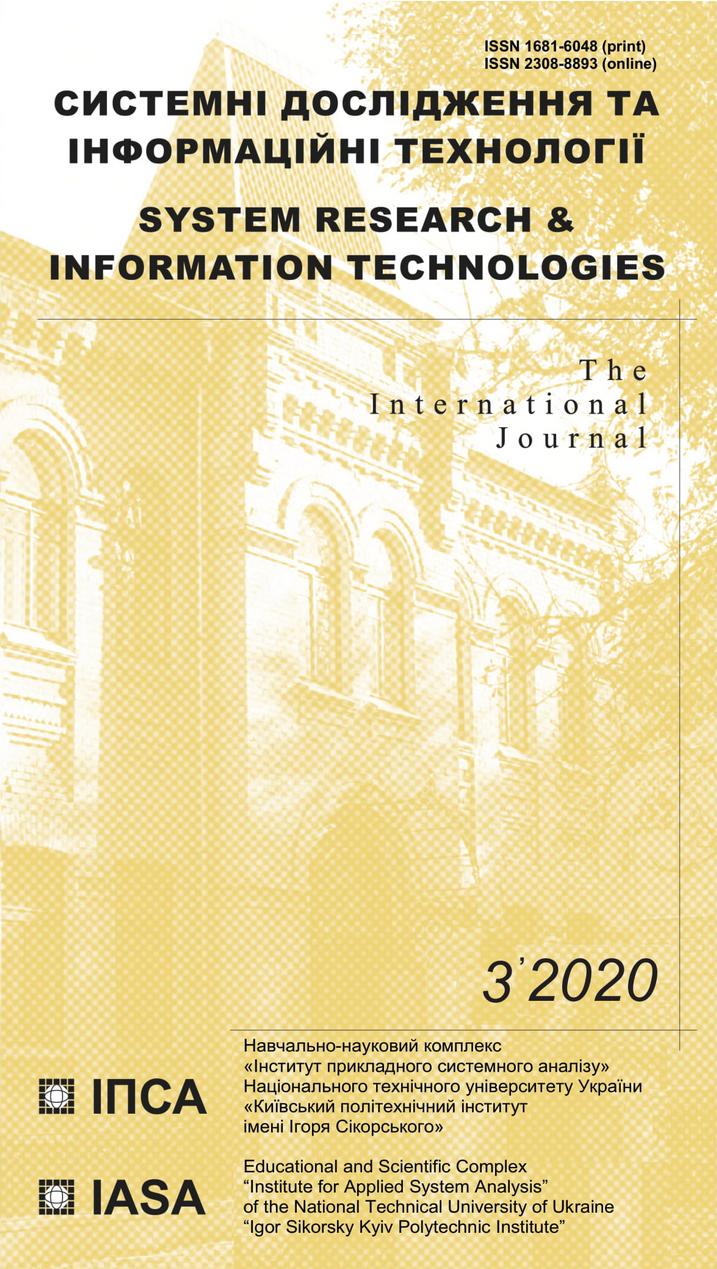Extensible integration of the electronic document management system with productivity software (HR management)
DOI:
https://doi.org/10.20535/SRIT.2308-8893.2020.3.03Keywords:
electronic document management system, application development, process automation, vacation trackingAbstract
This article deals with the vacation tracking in the company and the automation of this process. A typical life cycle of a document and the main disadvantages of the life cycle of paperwork are given in the article. The authors’ goal was to consider in detail the currently existing vacation tracking algorithm. The complexity of the process was assessed. The article also summarizes the disadvantages of this algorithm, such as the sub-optimal use of working time and the possibility of a human error. Further, the stages of automation, methods of solving the problem are described in detail. The mechanisms for obtaining the necessary data are presented, and obtained results are analyzed. It also provides a long-term plan for further automation of the vacation tracking process.References
I.K. Korneev, Information Technologies in Document Management, 2018.
Yu.B. Chechikov, A.L. Dziubenko, V.V. Loseva, and Yu.B. Chechykov, Electronic Document Management Systems, 2019.
S.L. Kuznetsov, Modern Technologies of Management Document Support, 2017.
Online developer guide Directum. Available: https://club.directum.ru/webhelp/directum/5.8/index.html?collection_dirdev.htm
M. Graber, SQL, 2017.

